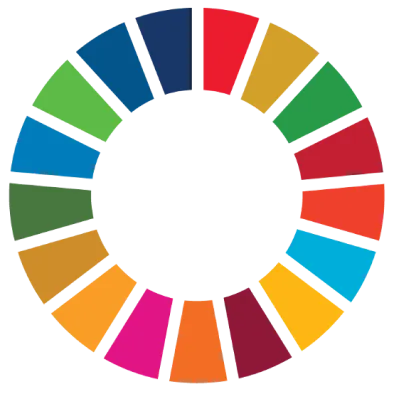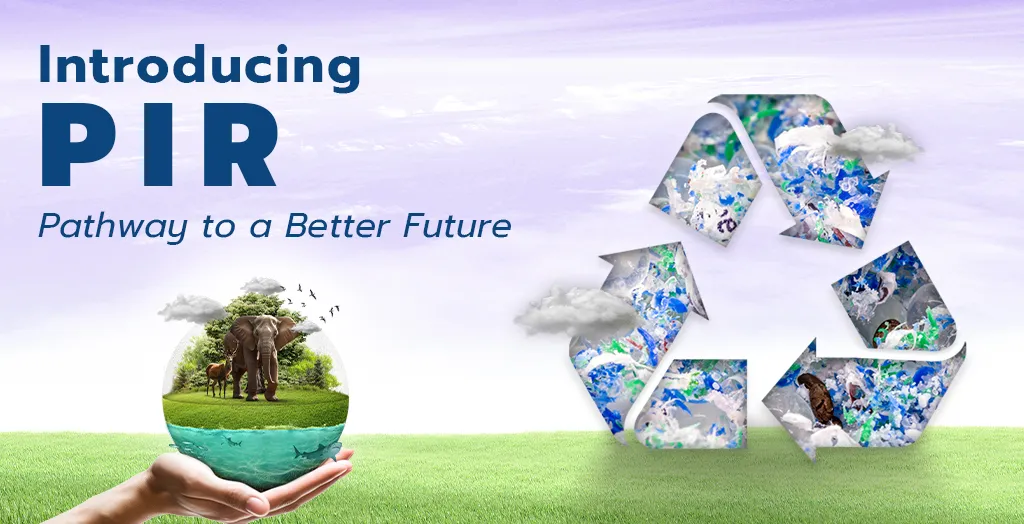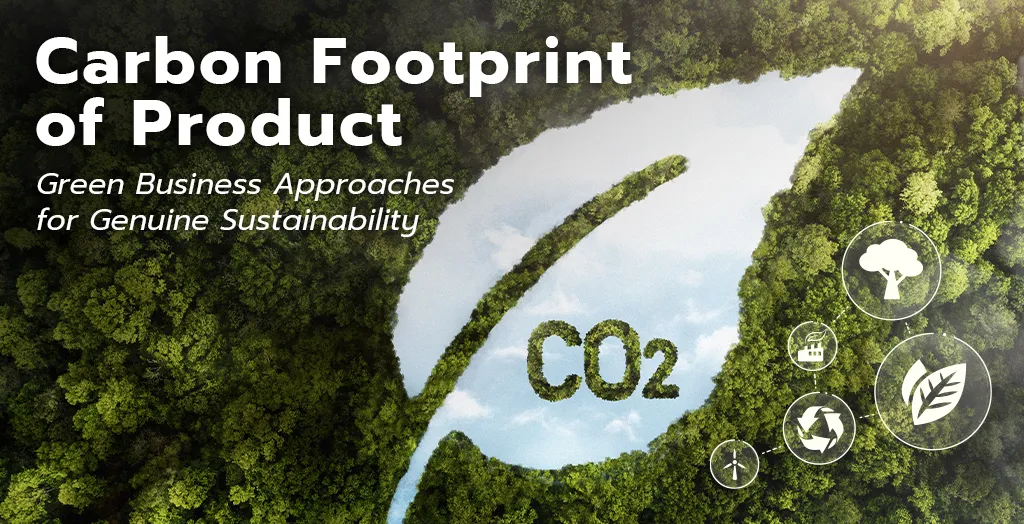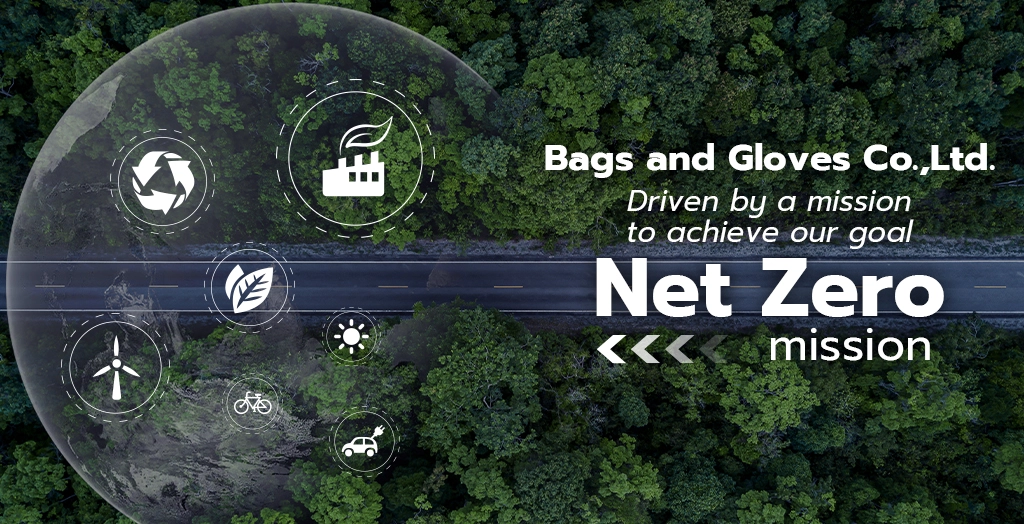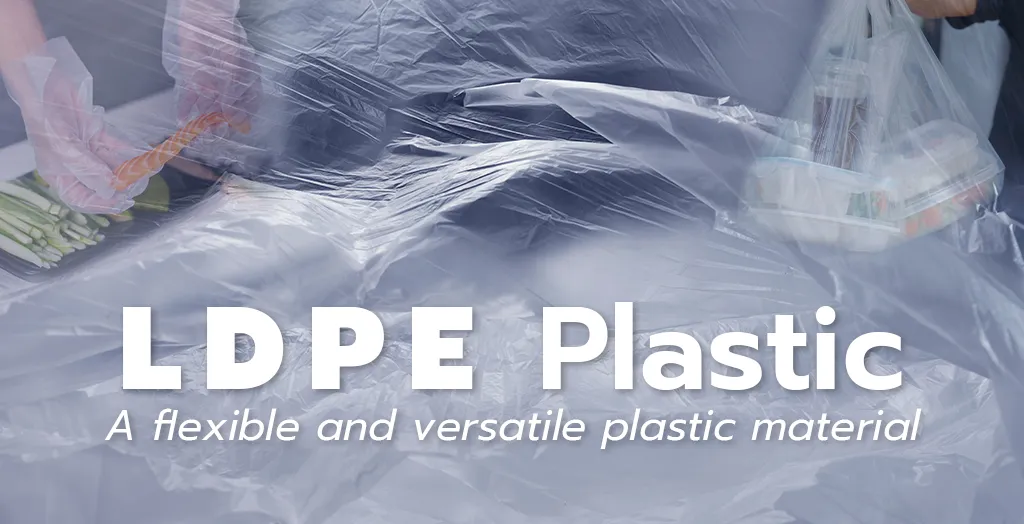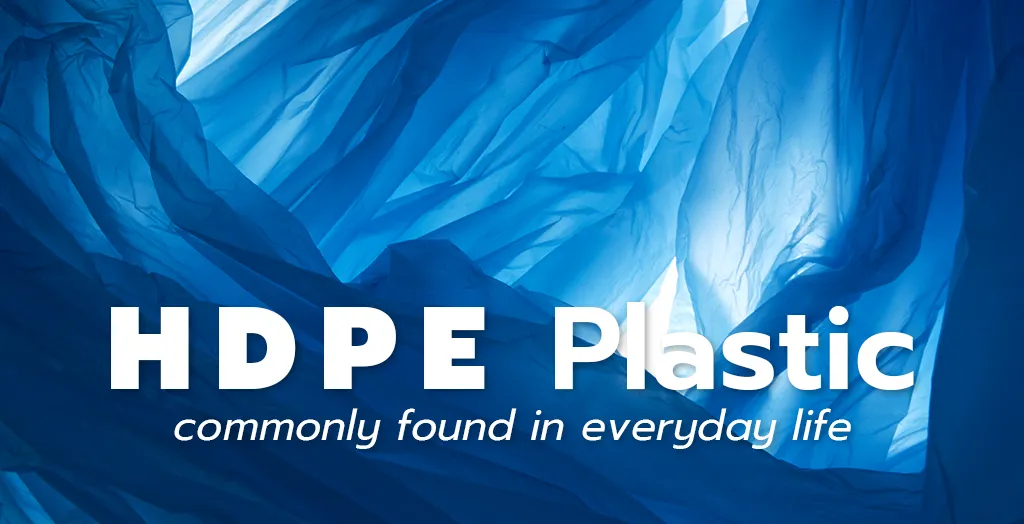As the global plastic waste problem continues to grow, finding sustainable solutions to manage waste has become more urgent than ever. One effective approach is recycling and reusing materials — especially PIR (Post-Industrial Recycled) materials, which can be turned into valuable new products that help reduce environmental impact.
What Is PIR?
PIR, short for Post-Industrial Recycled, refers to materials recycled from industrial manufacturing waste. These are scraps or offcuts generated during the production process — for example, excess plastic, foam, or textile fibers — that are collected, processed, and transformed into new raw materials.
PIR is a key part of the circular economy, which focuses on maximizing the use of materials, minimizing waste, and reducing reliance on virgin resources.
PIR vs. PCR: What’s the Difference?
Recycled materials generally fall into two main categories:
- PIR (Post-Industrial Recycled): Waste materials collected from manufacturing processes, such as excess plastic from packaging factories or non-conforming products removed from the production line.
- PCR (Post-Consumer Recycled): Materials collected after consumer use, such as used plastic bottles or packaging that have been disposed of and then recycled back into raw materials.
Both PIR and PCR play an essential role in promoting a circular economy by reducing the consumption of new resources, cutting waste, and supporting more sustainable packaging solutions.
Why Manufacturers Choose PIR and PCR Materials
The demand for recycled materials — especially PIR and PCR — has surged as both producers and consumers become more environmentally conscious. Additionally, regulations such as the EU Packaging and Packaging Waste Regulation (PPWR) are driving industries to rethink packaging design, minimize waste, and boost recycling rates.
By using PIR materials, manufacturers can reduce industrial waste, lower greenhouse gas emissions from raw material production, and conserve energy. PIR materials are typically used in non-food packaging applications or for general consumer products, providing a sustainable and cost-effective alternative to virgin materials.
Common Types of PIR Materials
PIR materials can come from a wide variety of sources, including:
- Plastic PIR: From leftover plastic in packaging, automotive parts, or plastic product manufacturing.
- Paper PIR: From paper scraps produced during printing or box manufacturing processes.
- Metal PIR: From offcuts and scrap generated in metal fabrication or machining processes.
- Fiber PIR: From textile or synthetic fiber waste in the garment and fabric industry.
Popular Products Made from PIR Materials
1. Clothing and Textiles
The fashion and textile industries are increasingly turning to PIR fibers to create sustainable apparel — such as T-shirts made from recycled polyester, jackets from repurposed synthetic fibers, and tote bags crafted from industrial fabric scraps. These innovations allow brands to reduce waste without sacrificing quality or style.
2. Building Materials
PIR materials are also being used in construction, such as recycled plastic lumber, insulation made from recycled fibers, and eco-friendly bricks blended with recycled materials. These alternatives are durable, weather-resistant, and help reduce construction costs.
3. Furniture and Home Décor
From chairs molded from recycled plastics to tables made with composite wood substitutes, furniture made from PIR materials offers durability, easy maintenance, and affordability — while supporting eco-friendly living.
4. Electronics and Accessories
The electronics sector is adopting high-quality recycled plastics for products like smartphone cases, laptops, and device accessories. These PIR-based components are engineered for strength, aesthetics, and environmental responsibility.
The Benefits of Using PIR Products
Environmental Benefits
- Reduces plastic waste and landfill volume
- Minimizes the use of virgin materials
- Cuts greenhouse gas emissions and energy consumption
Economic Benefits
- Lowers production costs with more affordable raw materials
- Creates new jobs in the recycling sector
- Helps businesses meet sustainability standards and customer expectations
Social Benefits
- Raises awareness about waste reduction and resource conservation
- Encourages innovation in recycling technologies
- Promotes sustainable lifestyles and community engagement
The Future of PIR Materials
Adopting PIR materials is not just a trend — it’s a step toward a more sustainable and circular future. Success depends on collaboration among manufacturers, governments, and consumers. With advancing recycling technologies, we can expect even higher-quality PIR products that help reduce waste and make responsible resource use a global standard.
For more information about recycled plastic products, visit Bags and Gloves Co., Ltd..
If you’d like to order or customize recycled products, feel free to contact us directly — we’re happy to help you find eco-friendly solutions for your business.
Contact us for more information
International Sales
(+66) 2-108-2390
(+66) 95-583-3696
sales@bagglove.com
Domestic Sales
(66) 2-108-2390 ext. 104
LINE OA: @bagglove
sales.d@tna-thailand.com

